Curious Questions: Did English ladies really have a secret 'language of fans'?
Did ladies' fans in 18th and 19th century England carry hidden meanings? Many at the time certainly seemed to think so, and Martin Fone delves in to the history books and discovers that 'so shall each passion by the fan be seen, from noisie anger to the sullen spleen.'

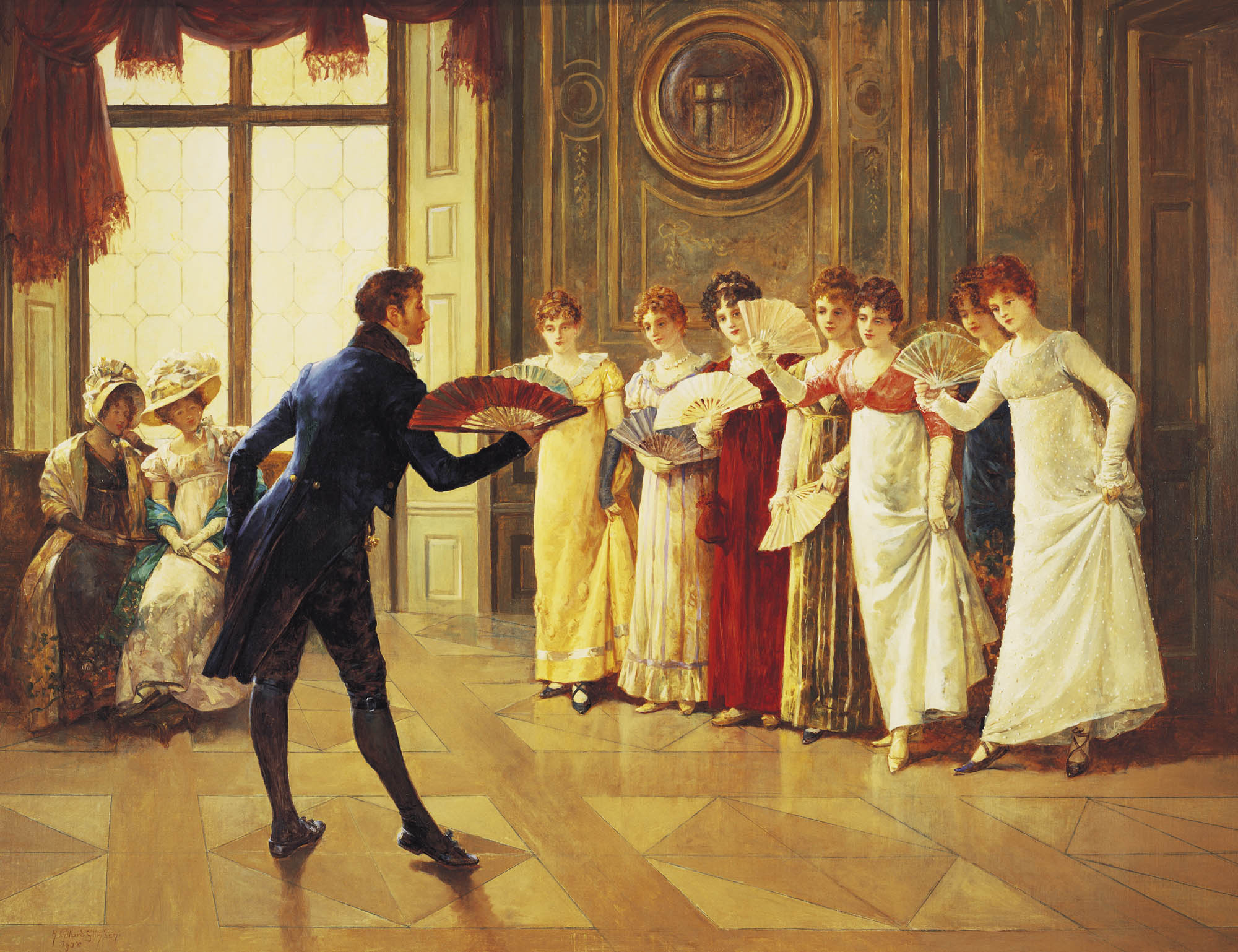
Fan making in Britain, according to Heritage Crafts, is an endangered craft, one that is unlikely to survive into the next generation, but during the golden age of hand fans no woman of style and substance would be seen without one. ‘Women are armed with fans as men with swords’, wrote John Addison in The Spectator on June 27, 1711, ‘and sometimes do more execution with them’. A deftly manoeuvred hand fan has a certain style that its portable electric confrère can never hope to match.
The hand fan was an integral part of a lady’s attire, designed to impress and make a statement of their taste, sophistication, and wealth, often made by workshops employing some of the leading artists, carvers, and calligraphers to produce elegant, intricate designs on the finest of materials, especially silks. They were stunning objets d’art, as the recent exhibition of Lady Labouchere’s collection at Dudmaston has revealed.
They also had a practical application. Sitting around a roaring fire wearing tight bodices and corsets, women, in a period when a pale complexion was deemed an essential component of feminine pulchritude, would use them to conceal flushed cheeks and protect the layers of make-up they used.
With gestures an acknowledged accompaniment to verbal communication and a fan as firmly welded to the hand as the mobile phone is today, fans inevitably were used to reinforce a point. Seasoned observers could detect the mood of a lady by the way she wielded her fan, Addison noting that ‘there is the angry flutter, there is the modish flutter, the timorous flutter, the confused flutter, the merry flutter, and the amorous flutter. Not to be tedious, there is scarce any emotion in the mind which does not produce a suitable agitation in the fan’. Tongue-in-cheek he suggested establishing a finishing school to teach young ladies how to deploy their fan to good effect.
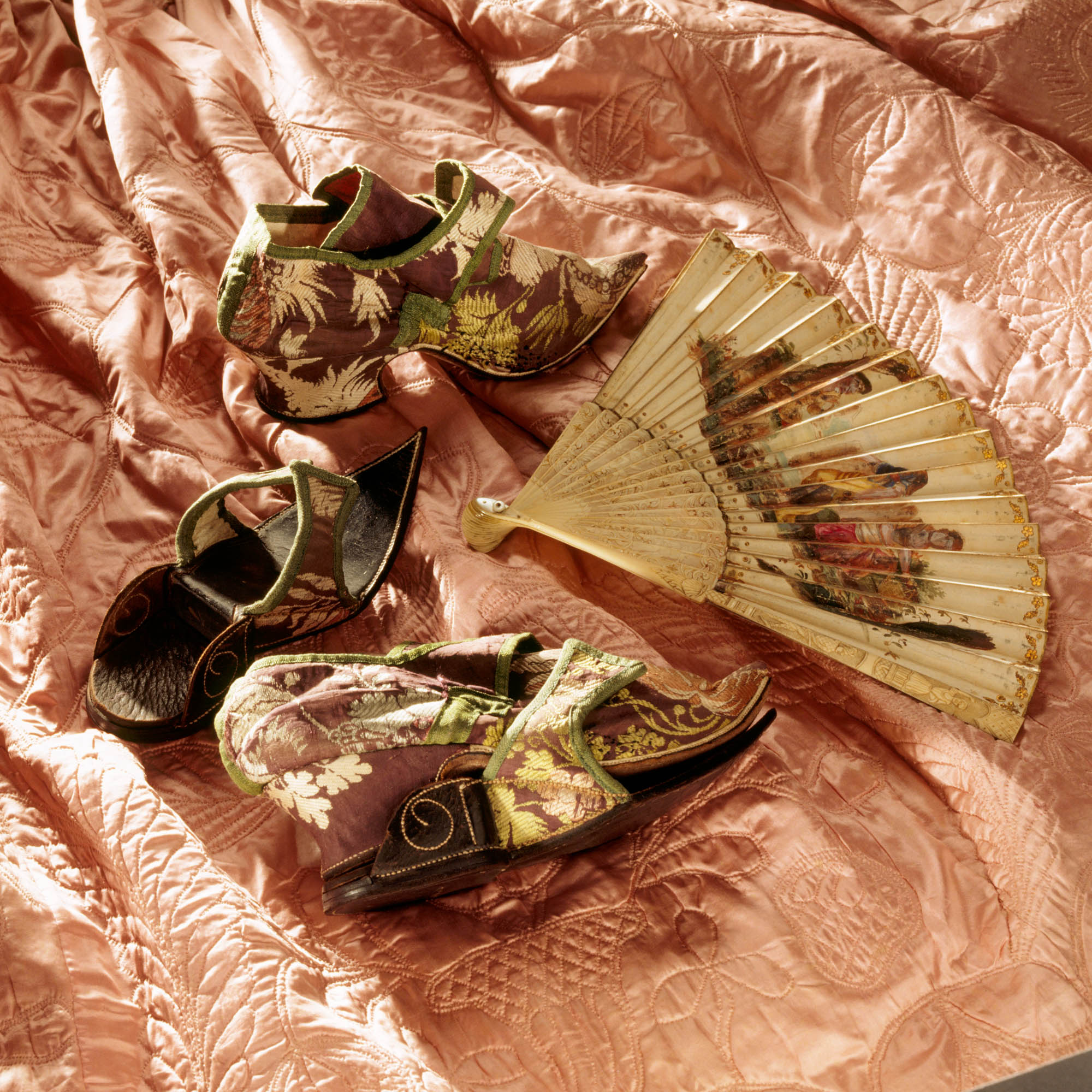
The use of a fan to show emotions is a theme that appears in the works of other 18th century writers. John Gay wrote in his poem, The Fan (1713), ‘so shall each passion by the fan be seen/ from noisie anger to the sullen spleen’, while Soame Jenkyns, in The Art of Dancing (1729), observed ‘what daring bard shall e’er attempt to tell/ the powers that in this little engine dwell?/ what verse can e’er explain its various parts/ its numerous uses, motions, charms and arts?/ its shake triumphant, its virtuous clap,/ its angry flutter, and its wanton tap’.
John Winstanley, in his collection Poems Written Occasionally (1742), saw the fan as the manifestation of a lady’s power over her lover; ‘in Love’s soft Reign, the Sceptre is the Fan, / Woman is the Sovereign, and the Subject Man./ Her frowns and smiles in different motions show, / His hopes and fears from its impressions flow’. Many a man would anxiously gaze upon the fan of his beloved to see which way the wind was blowing.
Inevitably, attempts were made to introduce a more formalised system of communication. In the 1790s Charles Badini’ launched his Fanology or Ladies Conversation Fan, the use of which involved learning a convoluted code. The letters of the alphabet were divided into five groups of five, for some reason J was omitted, and each group was assigned a particular hand position. Holding the fan in the left hand and touching the right arm with it (position one) signified the letters A to E and the reverse (position two) meant letters in the range of F to K. Placing the fan against the heart, raising it to the mouth, or to the forehead, positions three, four and five respectively, signified the final three groups of letters.
Exquisite houses, the beauty of Nature, and how to get the most from your life, straight to your inbox.
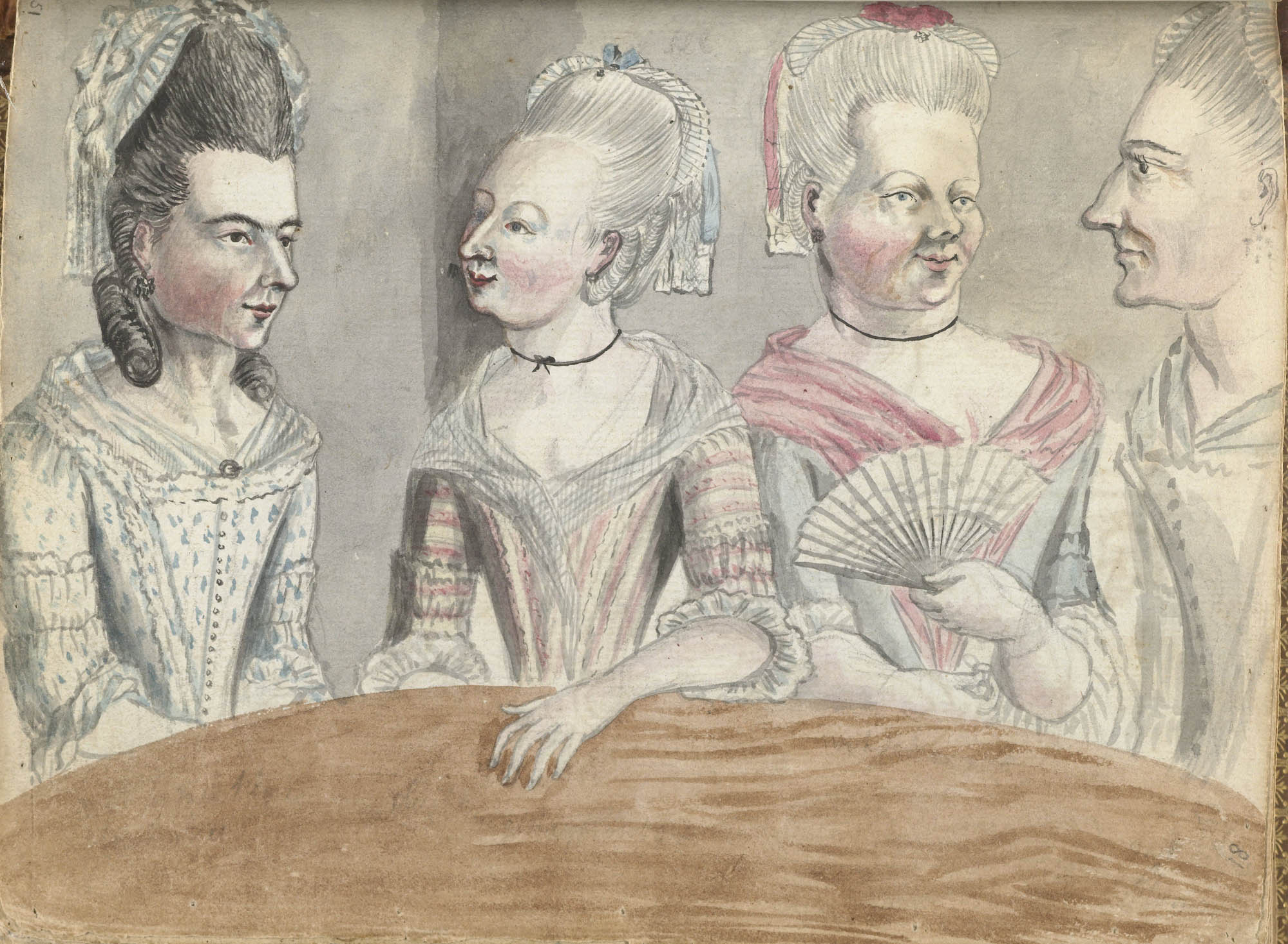
However, to establish which of the five letters associated with a particular hand signal was intended, a second hand position was used to show where it sat in the sequence. To communicate the letter E, position one had to be quickly followed by position five before the signaller could move on to the next letter, making it a time-consuming process to spell out even the simplest of phrases.
Robert Rowe’s The Ladies’ Telegraph, for Corresponding at a Distance, introduced around 1798, was slightly easier to use, a fan consisting of twenty-seven flaps, one for each letter of the alphabet and a full stop for good measure. The lady would point to each of the relevant letters in sequence to spell out the message. Josephs and Janes could breathe easily.
By the beginning of the 19th century Spanish flamenco dancers had developed a set of highly stylised movements involving the abanico, the hand fan, each imbued with a secret meaning. An open fan over the chest showing the design indicated assent, while showing the back meant no. An open fan covering one of the cheeks meant I like you, waving it very quickly intensified the feeling, and an open fan covering the nose or chin meant I want to see you and I want to talk to you respectively. I love you was indicated by a closed fan positioned by the heart and an invitation to kiss was signified by an open fan placed over the lips. A slow wave of the fan meant there was no interest.
The great Parisian fan maker, Jean-Pierre Duvelleroy, who opened up his workshop in 1827 was so successful that he was able to establish premises in London at 121, New Bond Street, from which he supplied Queen Victoria and other royals and aristocrats with his sumptuously made fans. As an advertising ploy, Duvelleroy’s London shop published a pamphlet entitled Le Langage de l’Eventail, detailing twenty-three separate movements and gestures, ranging from the simple to the dramatic and subtle, each conveying its own specific piece of information, many of which were based, albeit loosely, on the gestures associated with flamenco dancing.
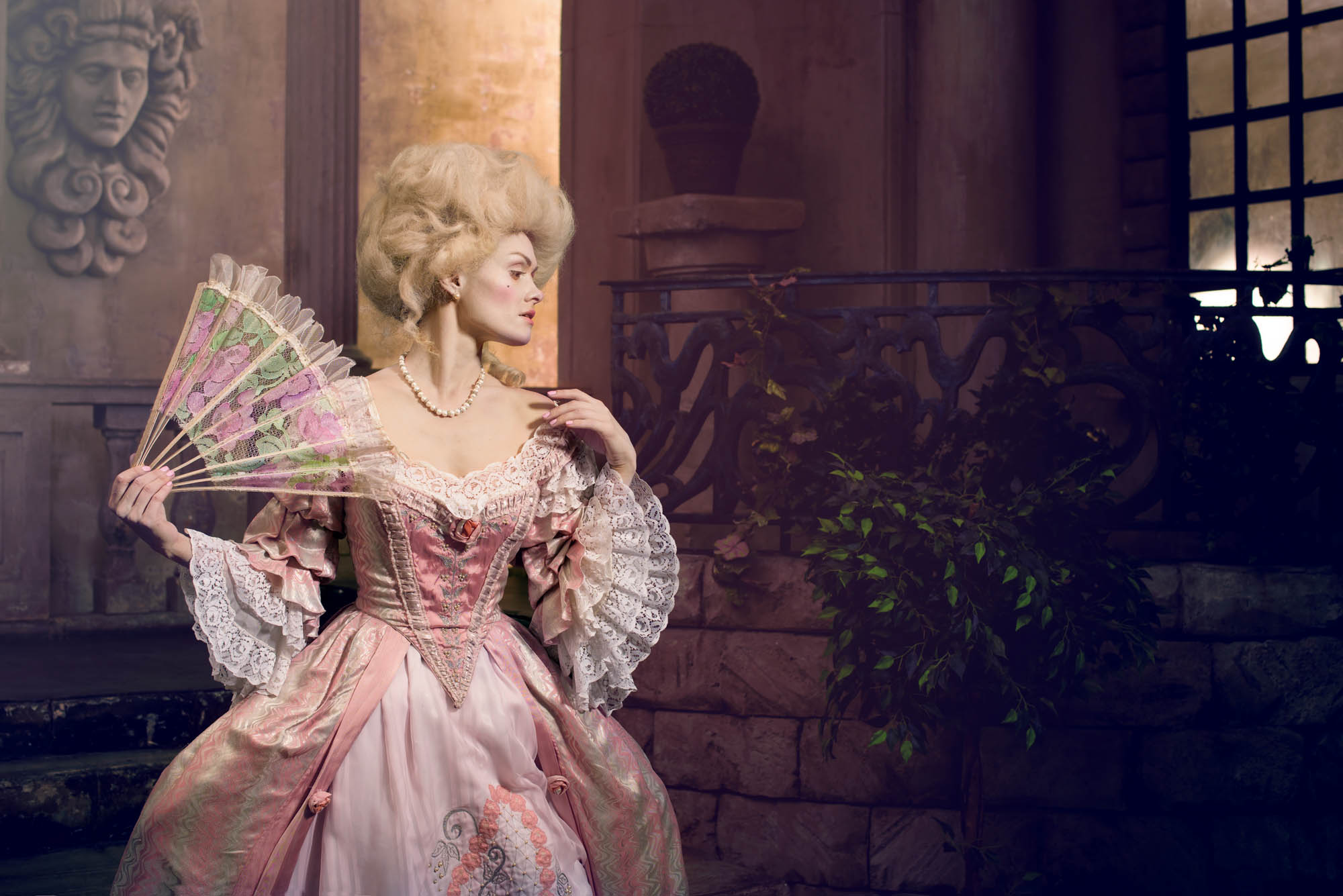
The flamenco based, Duvelleroy endorsed language of the hand fan seems to have endured throughout the 19th century, a boon to those who wanted to communicate with their admirers in a heavily chaperoned environment. Indeed, if the comprehensive but somewhat clumsily entitled The Standard Beau Catcher: Containing Flirtations of the Fan, Eye, Glove, Parasol, Cigar, Knife and Fork, Window Telegraphy, and Language of Flowers (1890) is anything to go by, any object that came to hand could be used to send a message. The section on fans is broadly a re-run of the Duvelleroy system.
While there was a very definite and widely understood language of flowers and Victorian women would study their bouquets closely to divine a hidden message, there is little evidence that complex signing systems involving the use of fans were widely adopted. There were practical difficulties. They were time consuming, relied upon the undivided attention of both parties, needed a clear understanding of the intricacies of the system they were using, and were far from private, open to interception by eyes that were not intended to see.
More likely, women would deploy their fans to provide general indications of their mood and demeanour, as Addison observed, and the more complex systems were either advertising ploys or a satirical reductio ad absurdum. With hand fans falling out of fashion, their use as a means of communication has become just a curious footnote to our social history.
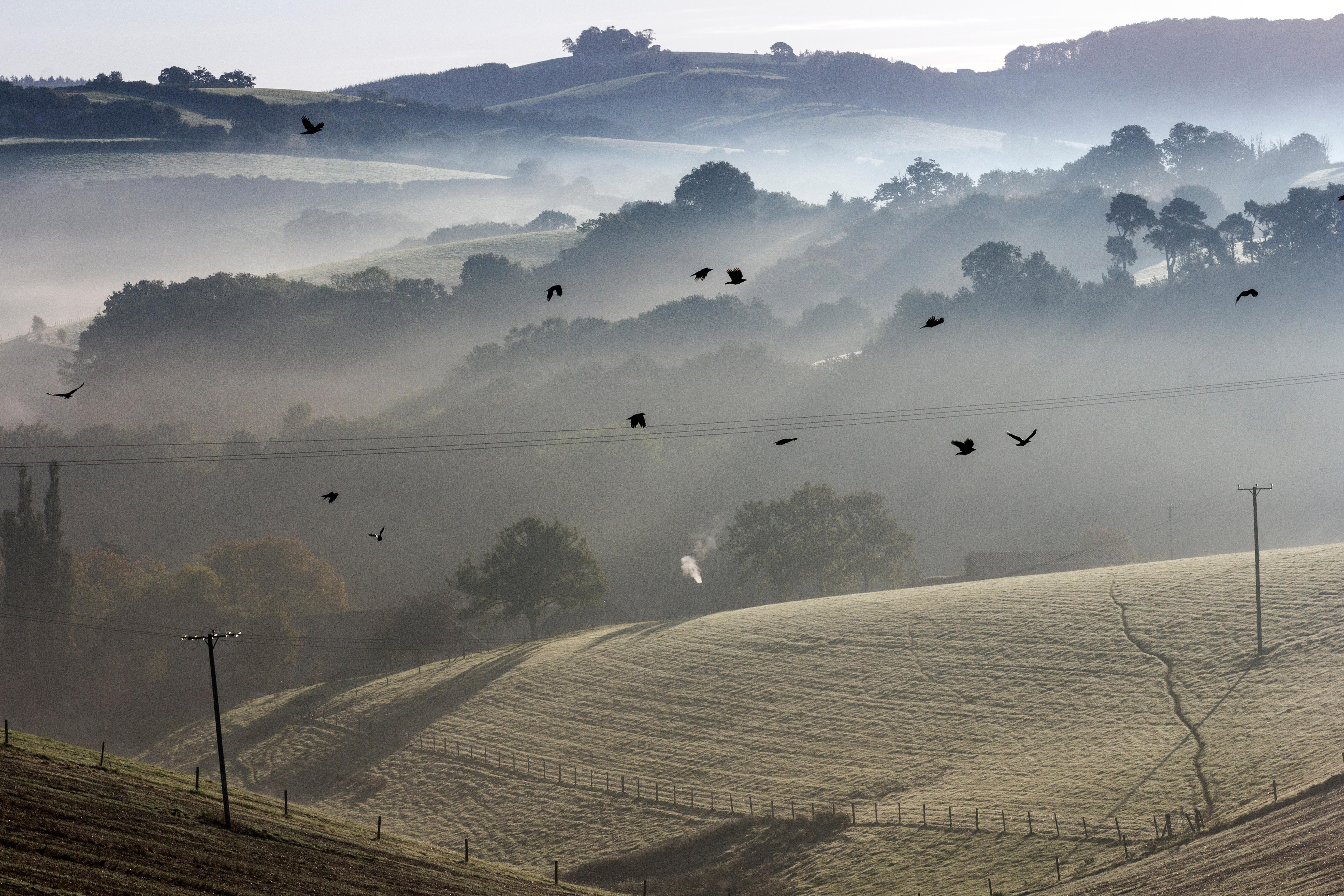
Telegraph poles: What you need to know by the man who is (quite literally) their number one fan
The Telegraph Pole Appreciation Society might sound like a joke, but it has gained 1,100 members in its 20 years

Credit: Alamy
The truth about bees: 'I'm a hopeless fan... but plants are cleverer than insects. They have to be.'
Charles Quest-Ritson looks at the fascinating interplay of plants and their pollinators, explaining how what really goes on in your

The secret language of Valentine's flowers
When you say it with flowers, choose your words carefully.

The power of flowers — how they accompany us, heal us and ‘make us gasp with pleasure’
‘Just living is not enough... one must have sunshine, freedom, and a little flower,’ wrote Hans Christian Andersen. Jay Griffiths
After graduating in Classics from Trinity College Cambridge and a 38 year career in the financial services sector in the City of London, Martin Fone started blogging and writing on a freelance basis as he slipped into retirement. He has developed a fearless passion for investigating the quirks and oddities of life and discovering the answers to questions most of us never even think to ask. A voracious reader, a keen but distinctly amateur gardener, and a gin enthusiast, Martin lives with his wife in Surrey. He has written five books, the latest of which is More Curious Questions.
